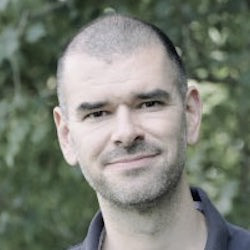
Rabbi Yehuda Kaploun, Trump's pick for US Anti-Semitism Czar, says the State Department is going to "have a whole division" dedicated to battling "anti-Semitism on the internet" and pushing social media to do "better on algorithms." Tech leaders, "many of whom are Jewish," have already "offered their assistance," he says. "The [Office of the Special Envoy to Combat Anti-Semitism] is going to be revamped entirely to be one of the highest-profile offices in the State Department because that's what the [Secretary of State Marco Rubio] wants and that's what the President wants." 🧃🔗







